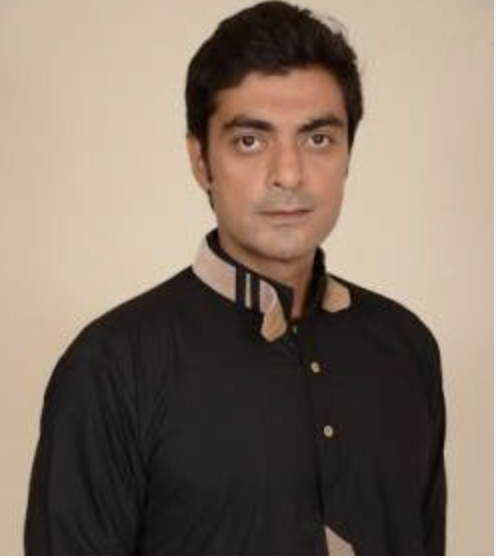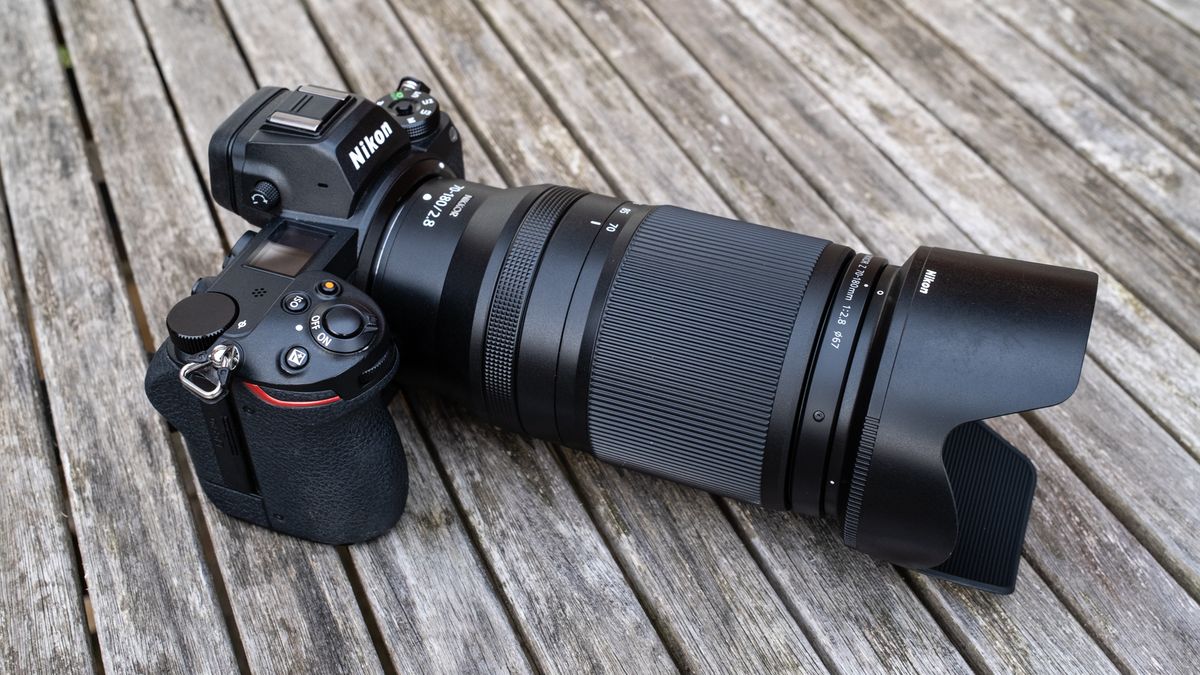Nikkor Z 70-180mm f/2.8: A Versatile and Affordable Telephoto Zoom Lens by Nikon
The medium telephoto zoom lens is a staple for photographers in various genres, from wildlife to weddings, landscapes to sports. One of the most popular focal ranges for this type of lens is 70-200mm, but Nikon has introduced a new option with the Nikkor Z 70-180mm f/2.8. This lens offers a more affordable price tag compared to the Nikkor Z 70-200mm f/2.8 VR S, making it a great choice for enthusiasts and budget-conscious photographers.
At a cost of $1,250 / £1,299 / AU £2,099, the 70-180mm is considerably less expensive than its counterpart. It boasts a constant f/2.8 aperture and weighs just 1lb 12.1oz / 795g, making it lightweight and portable. With dimensions of 3.3 x 6in / 83.5 x 151mm, it is also relatively compact, making it easy to carry around as a versatile lens.
While the focal range of the 70-180mm is slightly shorter than the standard 70-200mm, it still offers a wide range of shooting capabilities. The loss of 20mm at the long end doesn’t hinder its performance in real-world situations. Although image quality may not be at the same level as the 70-200mm f/2.8, it still delivers impressive results.
The Nikkor Z 70-180mm f/2.8 is part of a trio of Z-series lenses by Nikon, along with the Nikkor Z 17-28mm f/2.8 and Nikkor Z 28-75mm f/2.8. All three lenses feature a constant f/2.8 aperture and cover full-frame focal lengths from wide-angle to telephoto. Additionally, they share a 67mm filter thread, making it convenient for photographers and videographers to use the same set of filters across all three lenses.
In terms of build quality, the 70-180mm may not match the professional-grade 70-200mm f/2.8, but it is still well-built and feels solid in the hand. Its smaller size and lighter weight make it comfortable to carry for extended periods of time. The lens has minimal controls, with only a zoom lock to prevent zoom creep at 70mm. However, it lacks optical Vibration Reduction (VR) / Image Stabilization (IS), which means it relies on the In-Body Image Stabilization (IBIS) of compatible full-frame bodies for image stabilization.
The lens is constructed with 19 elements in 14 groups, including specialized elements for enhanced image quality. It features internal focusing, so the front element does not rotate during focusing, making it ideal for using filters. The zoom ring is large and comfortable, while the focus ring offers a satisfying resistance for manual focusing.
One standout feature of the 70-180mm is its impressive minimum focusing distance, allowing photographers to get close to small subjects, particularly at 70mm. The lens is also compatible with Nikon’s teleconverters, which can extend the focal range at the expense of maximum aperture. Additionally, when used with APS-C Z series models, the focal range extends from 105-270mm with the f/2.8 aperture remaining effective.
In terms of image quality, the lens performs best between f/5.6 and f/11, with the sharpest results. While f/2.8 and f/4 are still sharp enough to use, diffraction becomes noticeable at f/16 and f/22, leading to a slight loss of overall sharpness. Edge sharpness improves as the lens is stopped down from its widest aperture. Vignetting is present at f/2.8 but reduces significantly at f/4 and disappears at f/5.6. Overall, optical distortion is minimal for a lens in this range.
In conclusion, the Nikkor Z 70-180mm f/2.8 is a reliable performer that offers photographers a cost-effective option for a medium telephoto zoom lens with a constant maximum aperture. Its lightweight design, compact size, and decent image quality make it a lens worth considering for photographers in various genres.
Should I buy the Nikkor Z 70-180mm f/2.8?
Buy it if:
– You are an enthusiast or on a budget
– You need a constant f/2.8 aperture
– You prioritize lightweight and compact design
Don’t buy it if:
– You require the highest level of image quality
– Optical image stabilization is essential for you
How I tested the Nikkor Z 70-180 f/2.8
I tested the Nikkor Z 70-180mm f/2.8 in various shooting scenarios to evaluate its comfort, handling, sharpness, and distortion. Different aperture settings and focal lengths were used, including capturing both static and moving subjects to assess autofocus performance. These real-world tests aimed to provide a comprehensive review of the lens, focusing on practical usage rather than solely relying on technical specifications and charts.
With almost three decades of photographic experience, including 15 years as a photography journalist, I have covered a wide range of subjects and have extensive knowledge of cameras and lenses. As a working photographer, I understand the important factors for photographers and aim to test equipment in a way that reflects their needs. This review was first conducted in October 2023.

I have over 10 years of experience in the cryptocurrency industry and I have been on the list of the top authors on LinkedIn for the past 5 years. I have a wealth of knowledge to share with my readers, and my goal is to help them navigate the ever-changing world of cryptocurrencies.

